If you are looking for an extraordinary holiday in Italy, discovering enchanting landscapes, ancient villages to visit, local stories and cultures to experience, Tuscany is certainly among the most iconic regions of this beautiful peninsula. Today, our journey takes us exactly to this land, more precisely to the Valdichiana territory, to discover a splendid gem called Lucignano.
This medieval village, also better known as the 'pearl of Valdichiana', is considered an unmissable stage for travelers. Why? Well, set out with us for Lucignano and discover what to see within its walls: a truly unique experience awaits you, a dive into the history and art of a fantastic region!

Lucignano: what to see in the medieval village
Visiting Lucignano is an activity that is absolutely worth including in your travel itinerary across Tuscany, especially if you are planning a holiday of at least a week in this magnificent region. The village, located on a hill about 400 meters above sea level on the south-west border of the province of Arezzo, holds many artistic masterpieces and characteristic attractions that make it one of the true unmissable places in Tuscany.
Ready to visit Lucignano? Here's what to see within the town walls:
- Collegiata Church of San Michele Arcangelo;
- Church of San Francesco;
- the Golden Tree of Lucignano;
- the city walls and historic alleys;
- the Tower of Lucignano.
The first stage on the tour across the historic center of Lucignano is the imposing Collegiata Church of San Michele Arcangelo, in the heart of the city. This is the largest church in Lucignano, built during the 1500s (completed in 1593), and certainly among the most characteristic buildings in the area.
Its facade, unfortunately never fully completed from a decorative point of view, is mainly characterized by its large door and the access stairs; the bell tower of the Collegiata also stands out on the panorama of Lucignano, with its height (its top represents the highest point of the village) and the reddish color of its bricks.
Inside, the church houses works of sacred art by Renaissance and Baroque artists, including Giacinto Gimignani, Matteo Rosselli and Andrea Pozzo, the latter author of the valuable marble altar that precedes the ancient wooden crucifix of the Collegiata dating back to the late Middle Age.
Crossing Piazza del Tribunale, the beating heart of the historic center of Lucignano, you’ll reach the next stage to visit in the town: the Church of San Francesco, a Gothic style building from the 13th century characterized from the outside by its suggestive facade built according to a two-tone decorative design with horizontal pattern; another particularly interesting element is the entrance gate, richly decorated.
The interior of the church is rather sober compared to other religious buildings of the same period, however it houses valuable frescoes painted by Tuscan artists of the late Middle Ages: in particular, among the many works of art the best known and admired is the Triumph of Death by Bartolo di Fredi, considered a representation of the Black Death.
Next to the Church of San Francesco there is the Town Hall of Lucignano, a medieval building which houses the Municipal Museum on its ground floor, a true pearl to be discovered in this village in Valdichiana. Among the many works of sacred art kept in the museum there is one, in particular, that attracts the curiosity of tourists because of its uniqueness: it is the so-called Golden Tree of Lucignano.
Also known as the Tree of Life or simply the Tree of Lucignano, this masterpiece of Tuscan goldsmithing is a reliquary over 2 and a half meters tall, created in multiple times between the 1300s and 1400s. Twelve branches open from the central trunk of the tree, six on each side, and on the top of the tree there’s a Crucifix and the icon of a pelican (a bird considered to be symbolic of the sacrifice of Jesus). The branches are enriched with decorated leaves, small cases to house the relics and decorative sprigs made of coral, a precious material whose red color symbolized the blood of Christ. This majestic work is linked to the artists Ugolino da Vieri and Gabriello D'Antonio.
One of the characteristic factors of the village of Lucignano concerns its elliptical shape seen from above, a particular aesthetic outlined by the structure of its ancient defensive walls. The town walls of Lucignano, still very well preserved today, have two access portals to the town, both built in 1371, called Porta di San Giovanni and Porta di San Giusto.
The latter also defines a peculiar historical social distinction within the village. In fact, entering Lucignano from this gate, two streets diverge: via Roma on the left, known as 'the poor street', where the humblest families lived, characterized by small and simple buildings; and via Matteotti on the right, also called 'the rich street', inhabited by the noble families of Lucignano as evidenced by the elegant Renaissance buildings.
After visiting the historic center of Lucignano, give yourself some time to visit the whole village even in its most peripheral areas, close to the internal walls. On this fascinating stroll in an atmosphere reminiscent of remote ages, in the splendid setting of Lucignano, let yourself be amazed by the bright colors of the town's alleys and go looking for the most authentic and beautiful views to photograph for your very personal postcard from Lucignano!
Do you want a tip for taking the best photo here in Lucignano? Well, let's return to the foot of the Collegiata, and direct our gaze in the same direction towards which the facade of this majestic church looks: before your eyes you will admire the Tower of the Rocca di Lucignano, also known as Rocca Senese, the city castle built in late 1300s when Lucignano passed under the dominion of the city of Siena.
Lucignano: where it is and how to get there
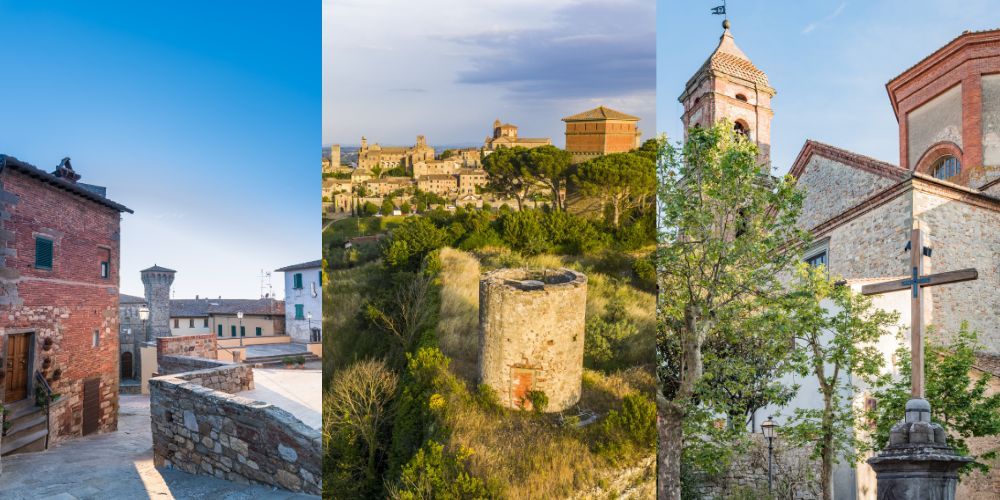
Lucignano is a municipality of approximately 3000 inhabitants in the province of Arezzo, in Tuscany, located on the south-west border with the province of Siena and not far from the regional border with Umbria, in particular near the northern shore of Lake Trasimeno.
Despite its seemingly isolated location, in the heart of the Valdichiana countryside, Lucignano boasts important transportation connections with the rest of Tuscany. Below, here's how to get to Lucignano starting from the main nearby cities.
To get from Arezzo to Lucignano, you can travel by car following the SS73, SGC Grosseto-Fano and SP19 to your destination (about 30 minutes); alternatively you can travel by bus, with direct daily trips (about 30 minutes), and for the sportiest tourists it is even possible to travel by bicycle following the internal rural roads (about 2 hours).
To get from Siena to Lucignano, the ideal is to travel by car along the SS715, SP11 and SP28 to your destination (about 40 minutes), or by bus with direct daily trips (about 50 minutes).
To get from Florence to Lucignano, instead, it is best to travel comfortably by car by driving on the A1 highway and following the exit at Monte San Savino toll booth for Lucignano (just over 1 hour), or you can choose to reach Arezzo by bus or train and continue from there towards Lucignano by bus (2 to 3 hours).
Lucignano's Maggiolata, the iconic event of the village
What is the best time of year to visit Lucignano? There is no doubt, definitely spring! Indeed, more precisely in May, on the occasion of the most colorful local festival in the entire Valdichiana: we are talking about the Lucignano’s Maggiolata!
What is it about? Well, it is the folkloristic spring festival of Lucignano, celebrated every year with a parade of floats through the streets of the historic center, similarly to what happens at Carnival, where flowers are the absolute protagonists. Maggiolata consists of a real challenge between the four districts of Lucignano (Porta Murata, Porta San Giovanni, Porta San Giusto and Via dell'Amore) to proclaim what’s the most beautiful float and which district will win the coveted Golden Griffin, symbol of Lucignano, in an atmosphere of pure joy, colors and scents to the rhythm of music.
What happens at the end of the festival? The event ends with the awarding of the winning float and with the traditional 'battle of flowers', a moment of pure fun where the floats are stripped of their floral decorations and all the flowers are thrown between each other among fellow citizens for a true spring bath!
Lucignano: what to see traveling across Tuscany
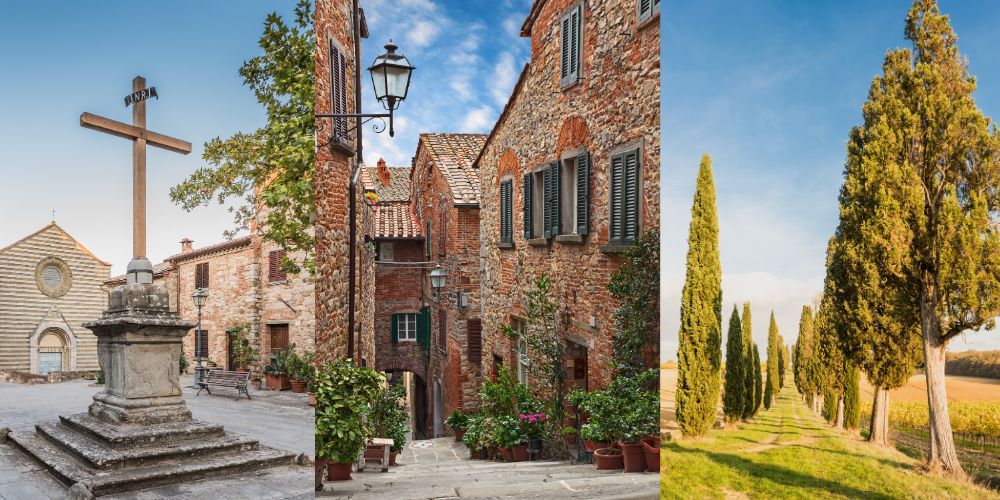
After exploring the beauties of Lucignano and its surroundings, what is there to see on the journey across Tuscany? Here are some fantastic experiences for you for an unforgettable holiday in one of the most iconic regions of Italy, with its unique landscapes with no equals all over the world. The first stage after Lucignano is Arezzo, the provincial capital, where we recommend visiting the Cathedral and its Museum of Sacred Art: for more information and reservations, click the button below.
Visit the Cathedral of ArezzoIsn’t Arezzo beautiful, uh? But the journey is only at its beginning yet. Get ready to visit splendid gems such as Siena, San Gimignano, Pisa and, why not, Lucca too, cities that preserve an inestimable heritage of culture and beauty, symbols not only of this fantastic region but also of the whole of tourist Italy.
Treat yourself to a special tour across Tuscany, click the button below to find out more information and purchase your ticket!
Check out the tour to Siena, San Gimignano and PisaTo end with a bang your trip across Tuscany, there is nothing better than spending a few days in Florence and letting yourself be embraced by its history, its art, its culture and also its good food. Don't know yet how to best enjoy your adventure in the City of Lilies? Easy: click the button below and discover the Florence Pass, your complete city card to visit the Tuscan capital!
Buy now your Florence PassAbout the author
Written on 27/01/2024

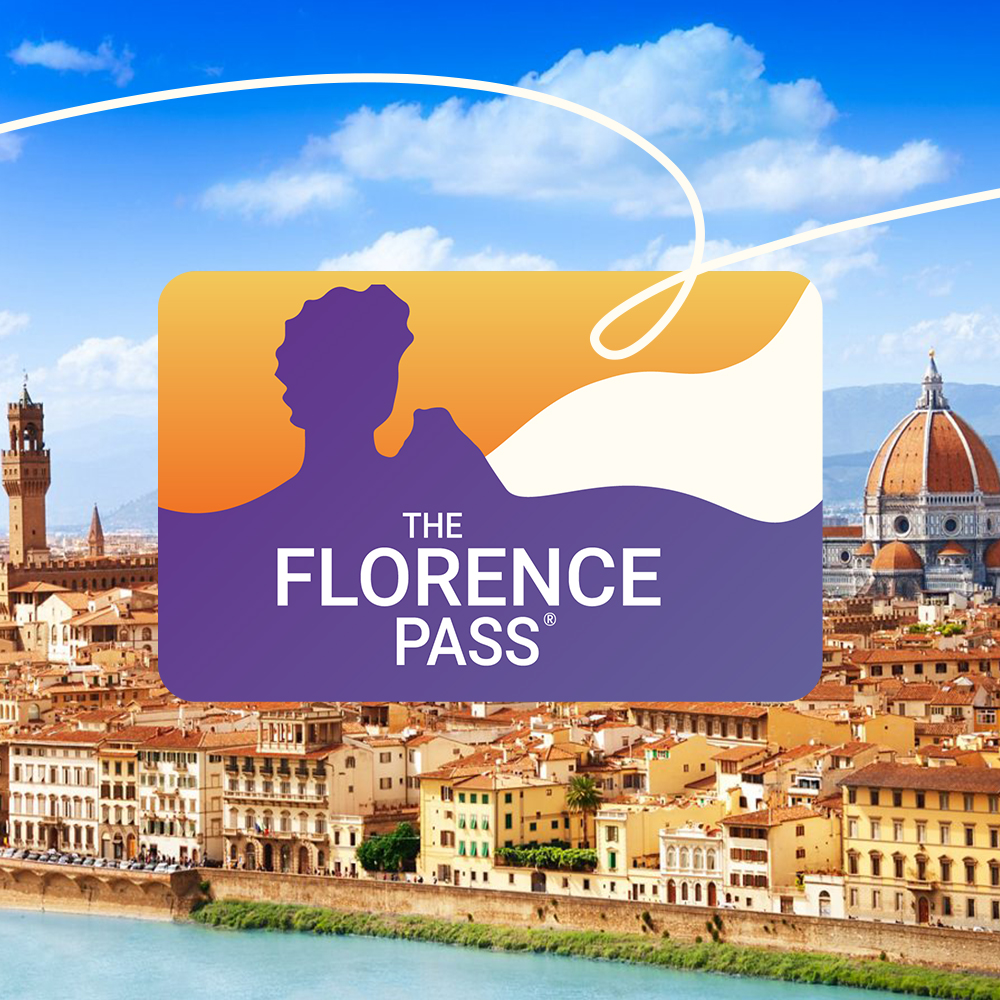
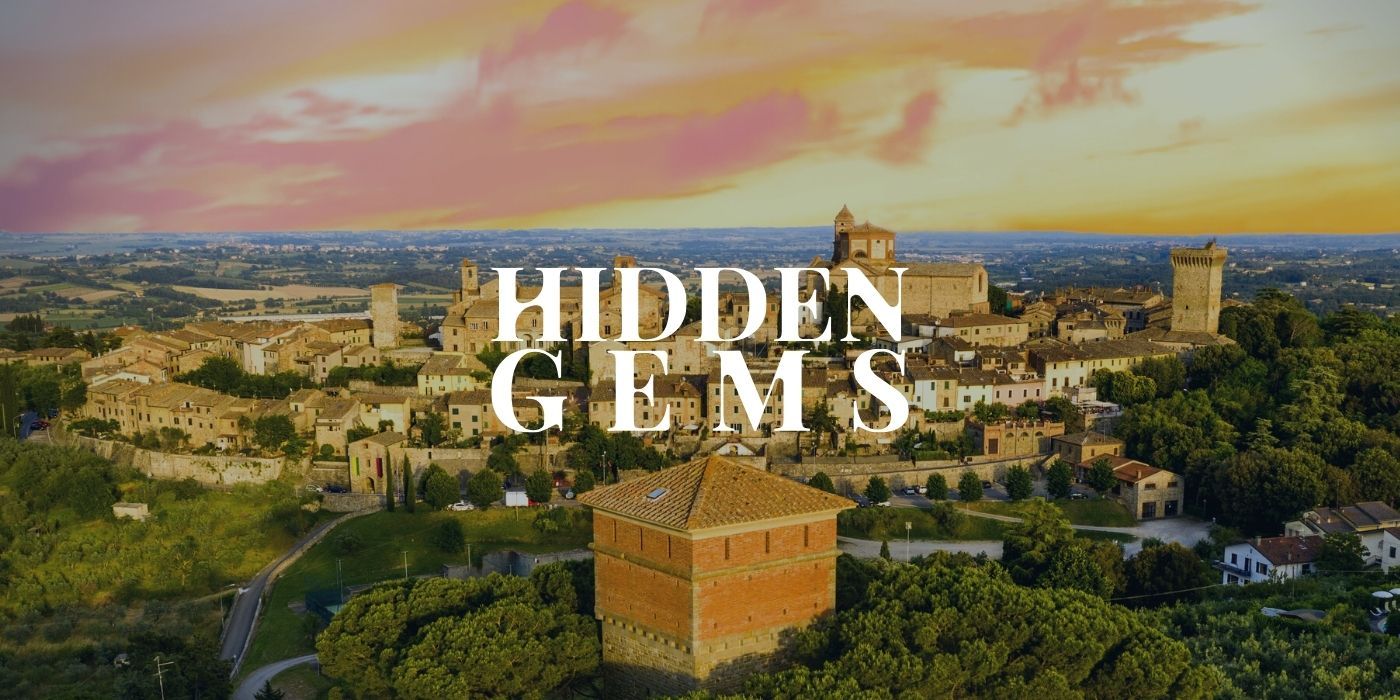
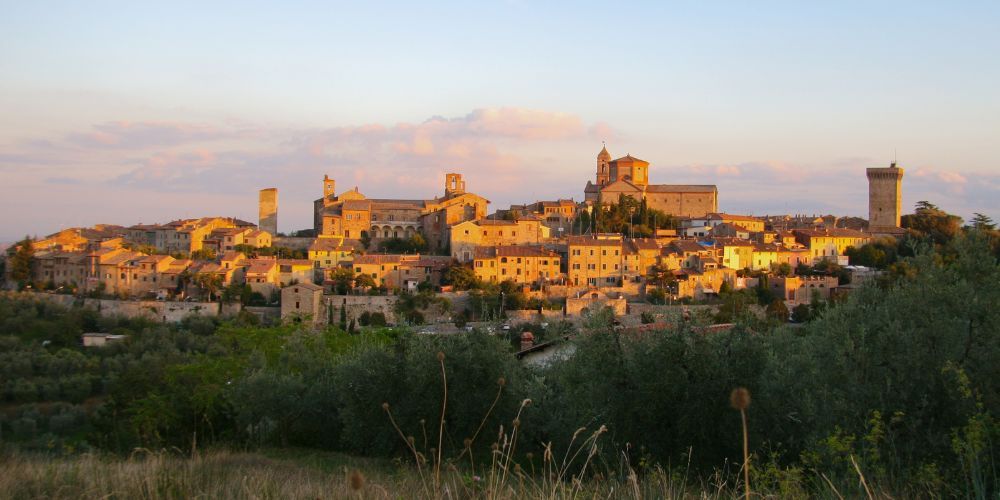

Massimiliano Antonio Primi
How about a trip to Tuscany? Discover with us what to see in Lucignano and surroundings, a charming medieval village in the Valdichiana near Arezzo.